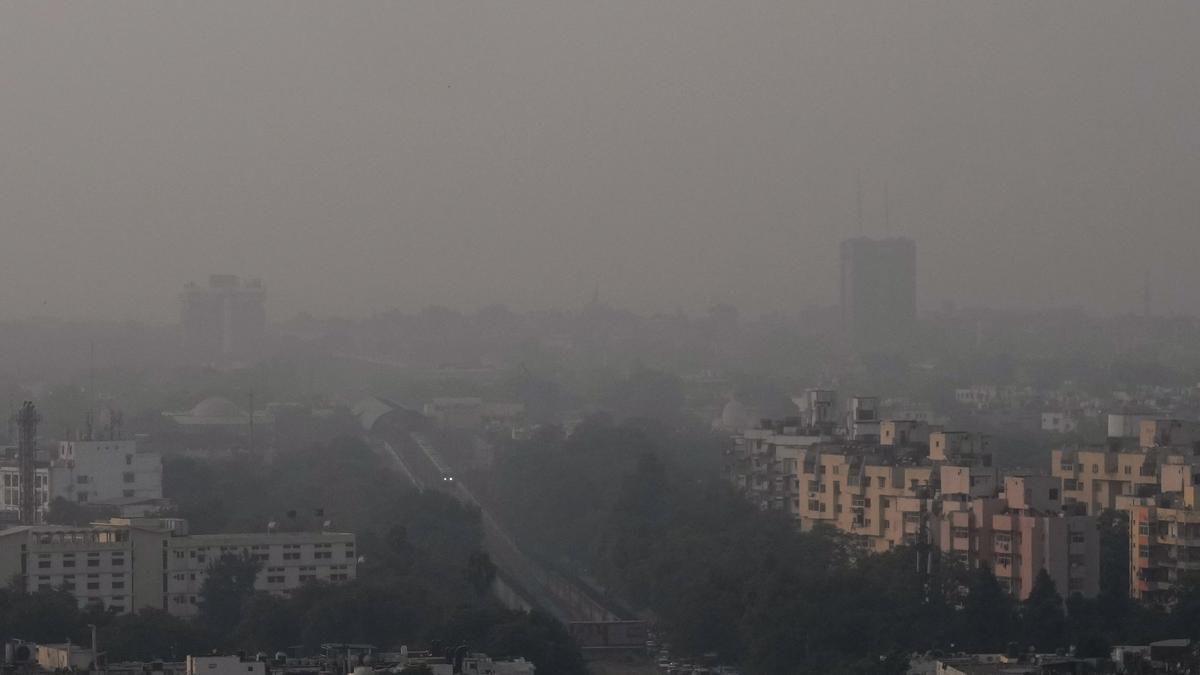
Over the last week, even as pollution levels in New Delhi and much of North India rushed past levels anywhere else in the world, government-run air quality monitors only showed scores of up to 500, a result of an indexing standard that measures multiple pollutants and impact on health and therefore does not necessarily peak when a single pollutant records new highs. In October 2014, the Union Government launched India’s own national air quality index, which would register a score of 401–500 if PM2.5 levels hit 250 or more.
Those levels hit more than 1,600 on Monday (November 18, 2024.) Schools must shut in Delhi, NCR districts under GRAP stages 3 and 4: CAQM updates guidelines The gap has been filled by crowdsourced air quality monitors deployed all over the city, and screenshots from such networks circulated online, sometimes more often than data from official monitors deployed by the Central Pollution Control Board, the Indian Meteorological Department, and the Delhi Pollution Control Board (DPCB). Related Stories The Hindu Impact: SC orders CAQM to submit report on increase in stubble burnt area in Punjab and Haryana Delhi air pollution: Supreme Court to take call on easing GRAP-4 measures on November 25 After a health emergency, air pollution foretells an economic one IQAir, a Swiss firm that makes air quality monitors and purifiers, was among the most highly cited.

“IQAir’s air quality monitoring network currently has 21 stations in Delhi,” Christi Chester-Schroeder, a scientist at IQAir told The Hindu . “To be a contributor on IQAir’s platform, an individual with an AirVisual sensor is required to send documentation about the monitor to us, including a photograph of the monitor to ensure it is not too close to the ground, or a pollution source that would skew data.” Clearing the air on Delhi’s pollution crisis The problem with the government’s monitors isn’t an inability to detect higher pollution levels: while the index is capped at 500, PM2.
5 data from DPCB’s online dashboard shows levels that largely corroborate other air quality monitor networks’ data. The index also does not completely peak even when PM2.5 levels increase drastically, as it measures other pollutants when making a determination on health impact.
Ronak Sutaria, the Mumbai-based founder of Respirer Living Sciences, has pitched for deploying inexpensive monitors to achieve a more “balanced” and representative view into pollution levels. Government monitors are highly calibrated reference instruments that “often cost upwards of $30,000 USD,” Dr. Chester-Schroeder said.
Mr. Sutaria said the monitors installed by the CPCB cost over six times as much as they track multiple parameters. He added that the government bodies measuring pollution should be delineated from those that regulate it, which is currently not the case.
Published - November 22, 2024 08:46 pm IST Copy link Email Facebook Twitter Telegram LinkedIn WhatsApp Reddit New Delhi / Delhi / pollution / air pollution / environmental pollution / pollution control.














